YARDGARD 1 in. Mesh x 36 in. x 150 ft. Poultry Netting/Chicken Wire
The Poultry Netting features, also known as chicken wire, a 1 in hexagonal mesh weave and is both lightweight and durable. This is an extremely versatile product that can be used for a number of applications, including animal containment, temporary fences, chicken coop netting and cages, and craft projects.
The Poultry Netting features, also known as chicken wire, a 1 in hexagonal mesh weave and is both lightweight and durable. This is an extremely versatile product that can be used for a number of applications, including animal containment, temporary fences, chicken coop netting and cages, and craft projects. It provides great protection and support for plants, erosion control, and compost containment. Poultry netting is an economical solution that is easy to install and alter to meet your needs.
- Chicken coop netting constructed of 20 gauge woven steel wire
- Roll is 36 in. H x 150 ft. L
- Features a 1 in. classic hexagon shape openings
- Welded wire is galvanized prior to welding for added strength, durability, and corrosion resistance
- Chicken wire is ideal for fencing applications, animal containment, cages, gutter guards, gardening applications, compost bins, crafts, and much more
- Lightweight, flexible design makes poultry netting roll easy to use for a number of applications, and be altered to meet your needs
- For fencing applications, use with u-posts or t-posts (sold separately) to complete your project
Additional information
| Chicken Wire Product Height | 3 ft. |
|---|---|
| Chicken Wire Product Length | 150 ft. |
| Primary Finish | Galvanized |
| Mesh Shape | Hexagon |
| Mesh Size | 1 in. |
| Primary Color | Gray |
| Primary Material | Steel |
| Product Weight | 33.6 lb. |
| Product Width | 8.3 in. |
| Tensile Strength | 5 lb. |
| Manufacturer Part Number | 308427B |

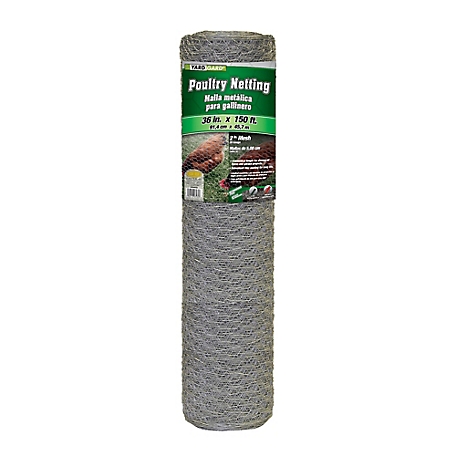
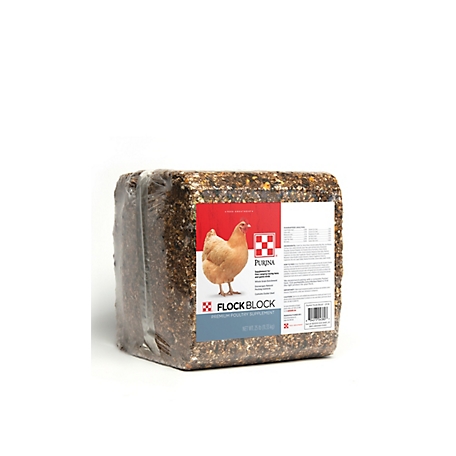
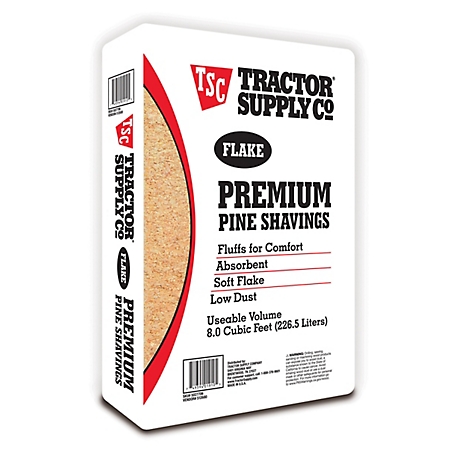
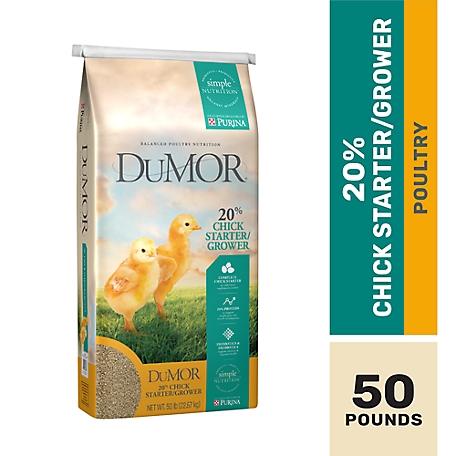


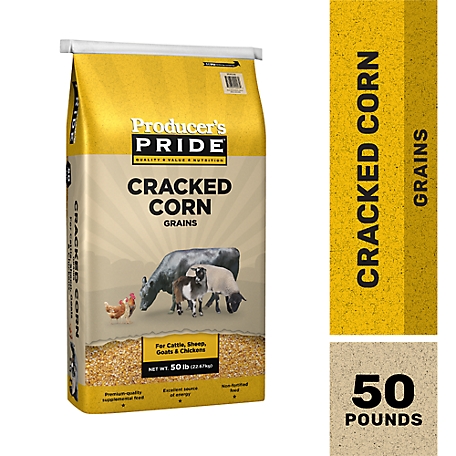

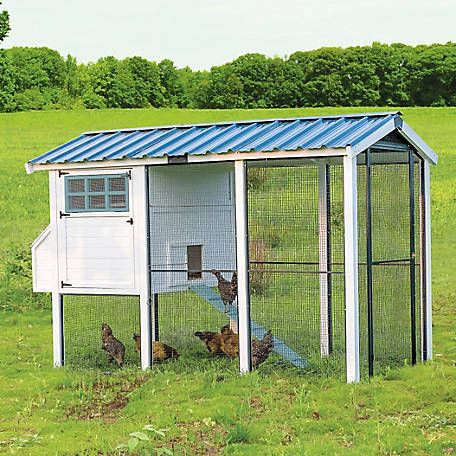

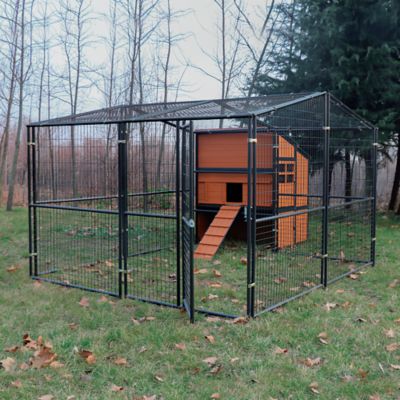
by Susan
This fencing is great for small to medium sized critters. I use it primarily for alpacas, but it would be great for chickens and llamas too!
by Rob
Perfect for the job we were doing.
by Salenh
PERFECT FOR MY CHICKENS
by Lynn
Would buy again.